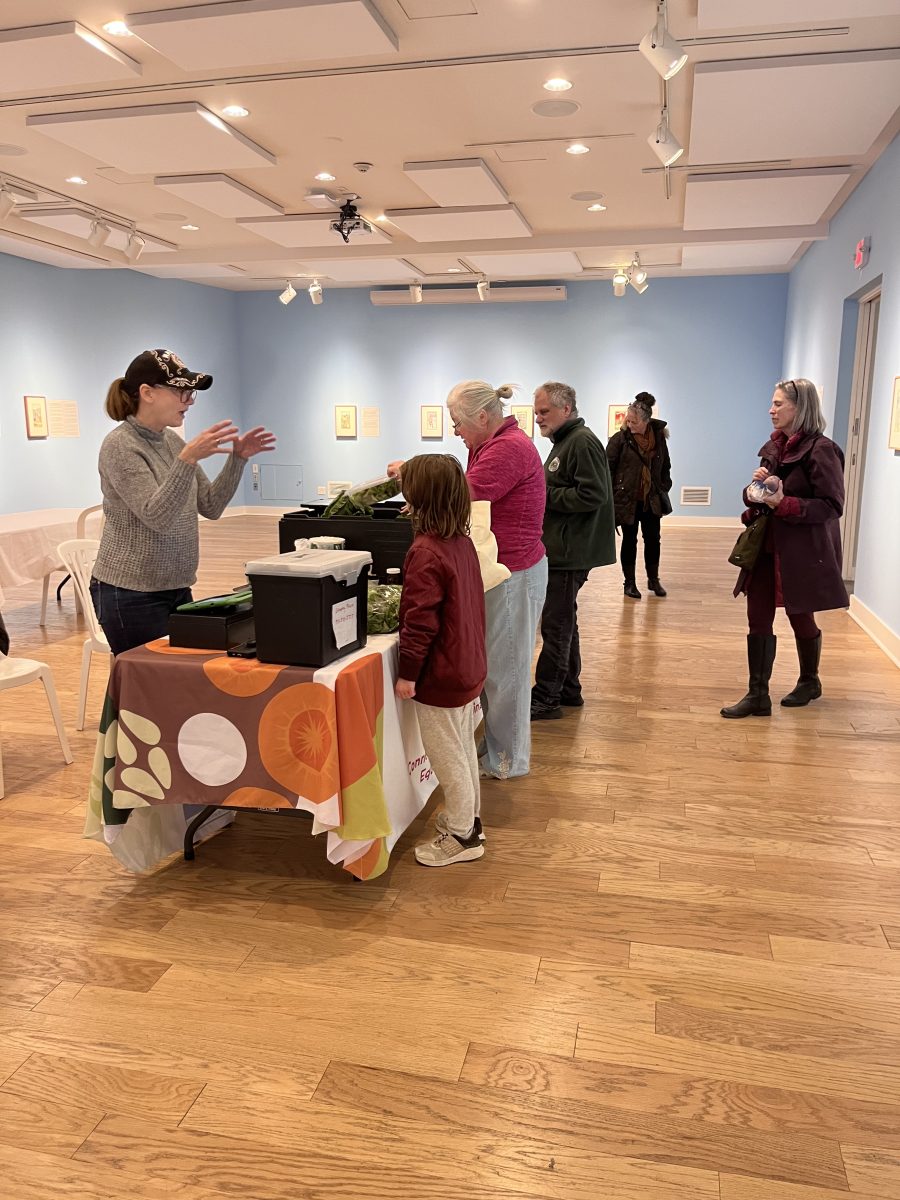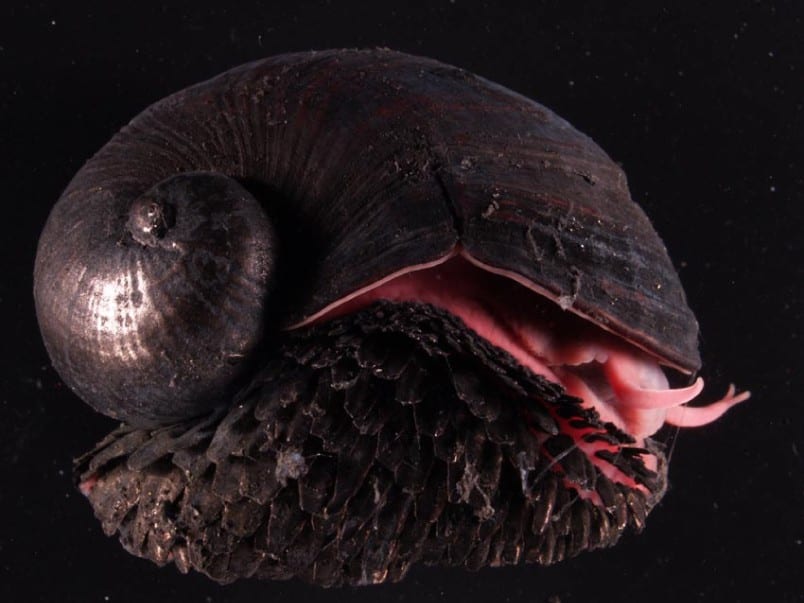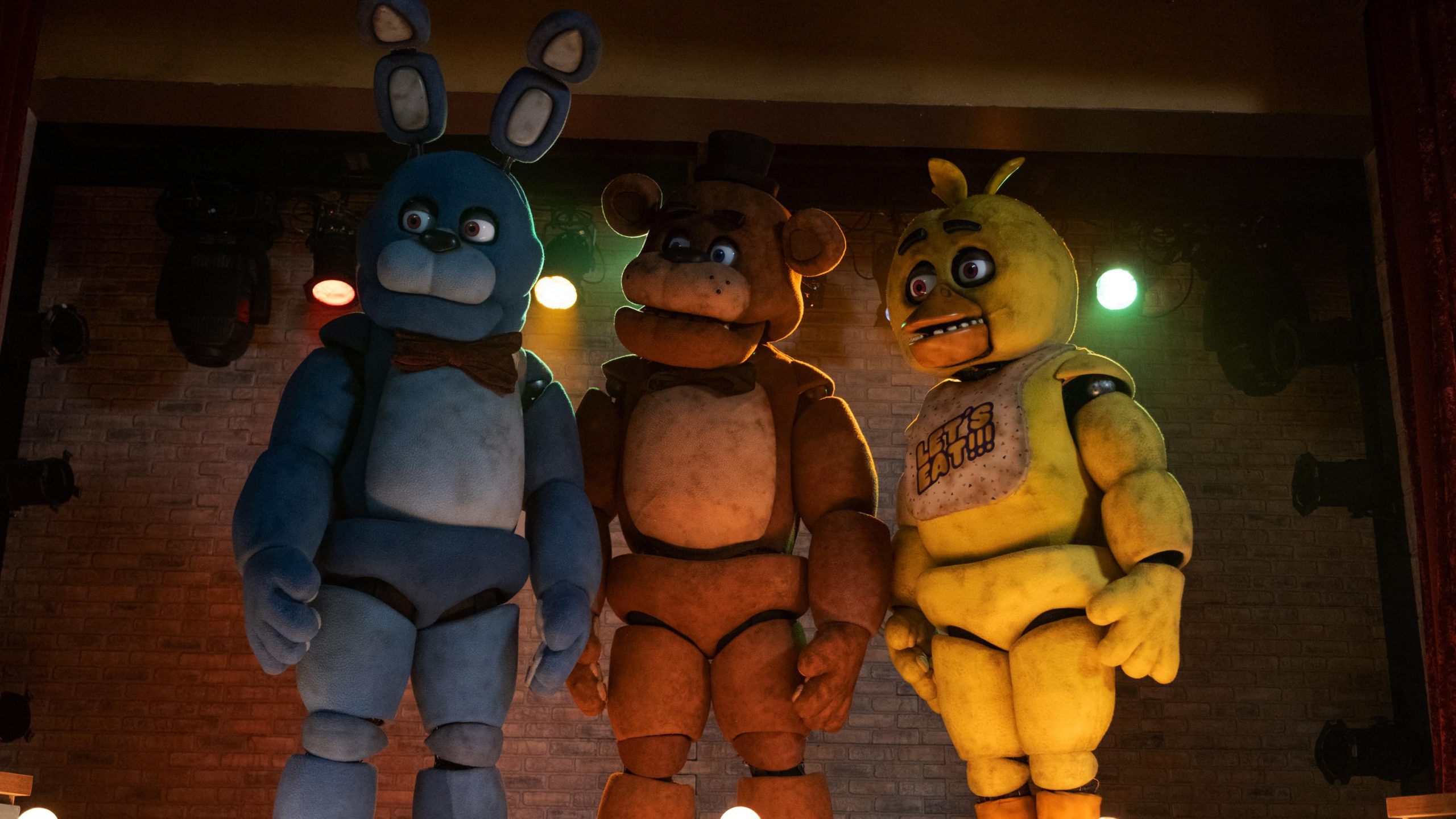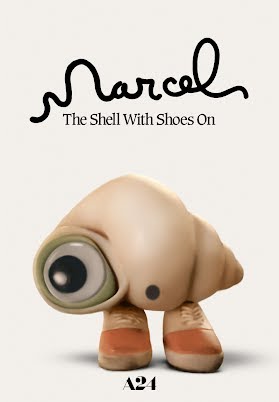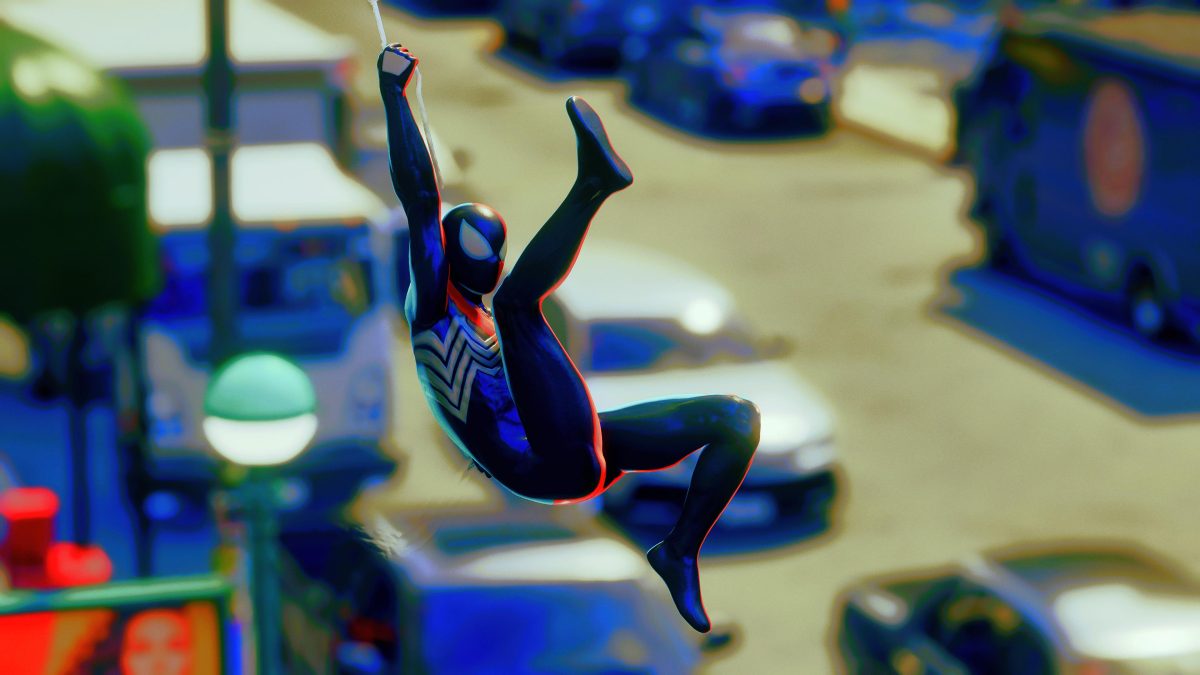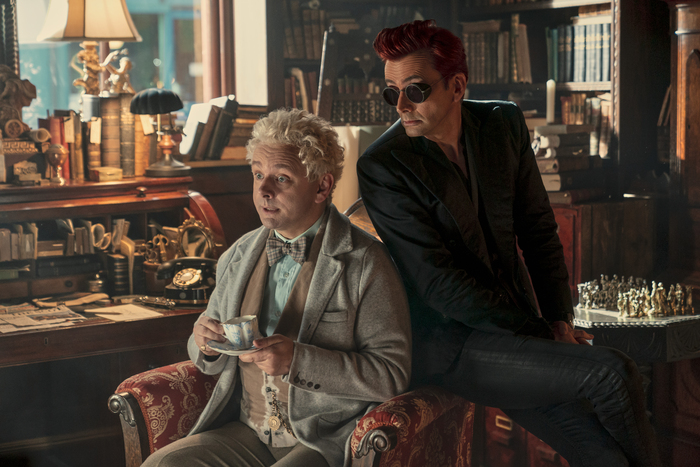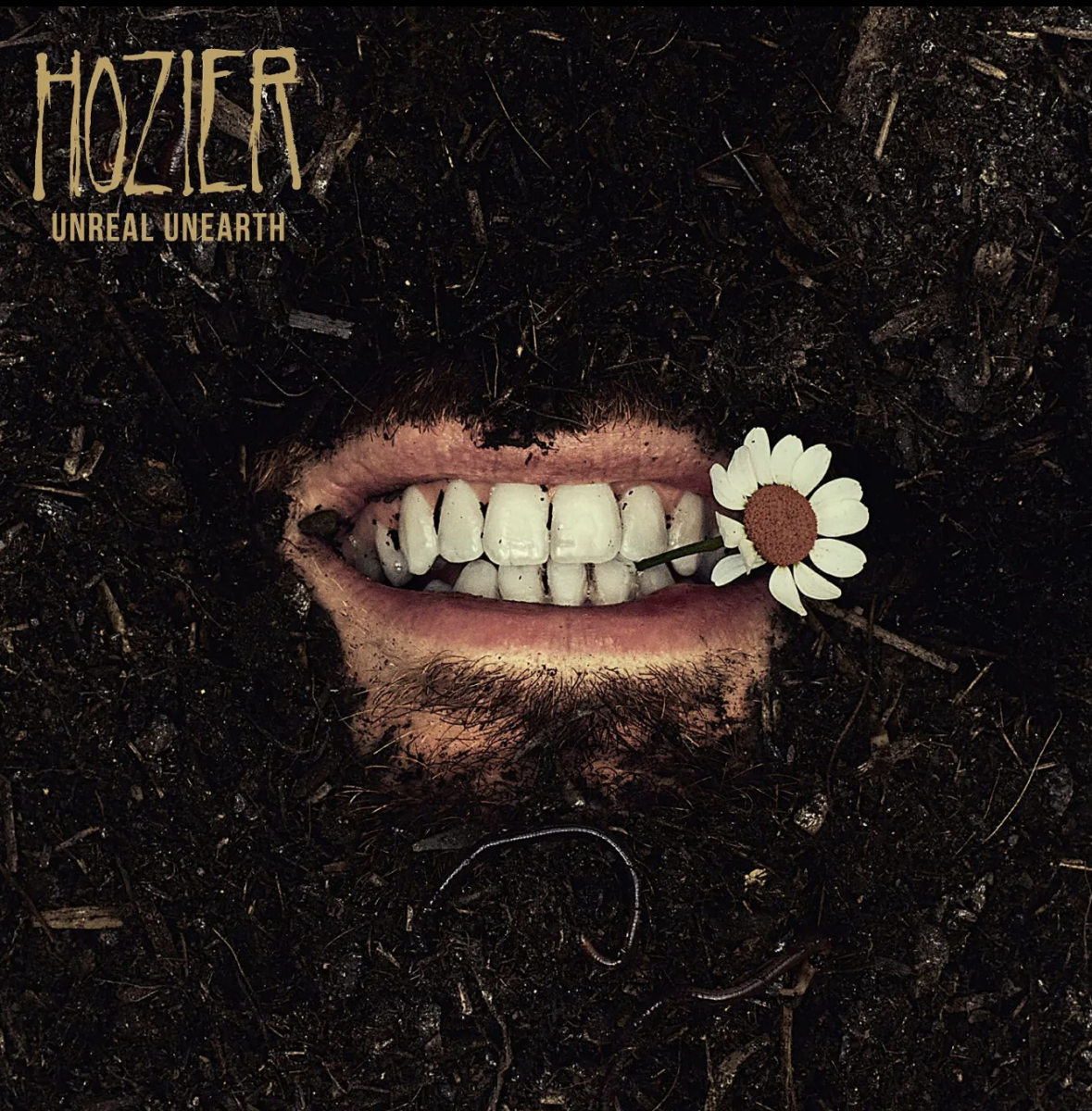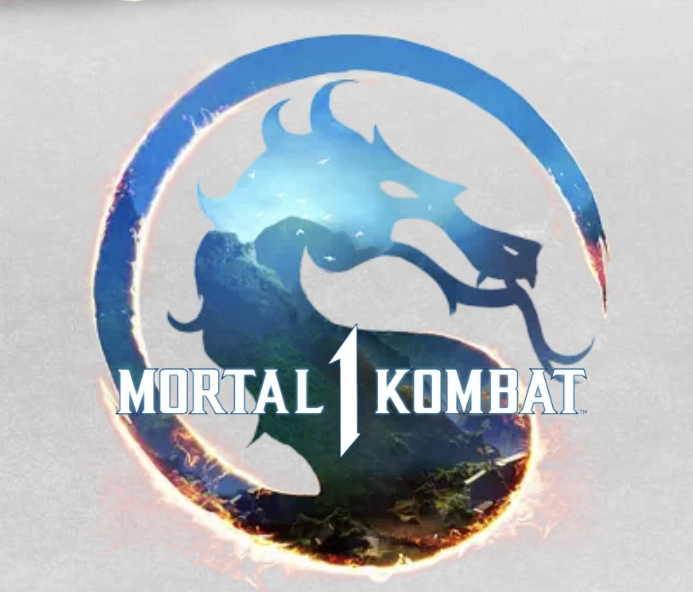By John Crosby
In the digital age, where filmmaking technology is perpetually upgrading, what use does celluloid film have? A FSU advanced cinema student project is aiming to find out. Whereas film purists advocate for the natural aesthetic of an analog image, others condemn celluloid for being outdated and too expensive. The upcoming short film “Happy Place,” the only FSU advanced project to shoot on film in recent memory, is ambitiously using both mediums, film and digital, to convey different realities and complex themes.
“Happy Place,” focuses on Ben, a failed comedian. He’s depressed, disheveled, and slowly losing his grip on reality and sanity. This is where both filmmaking mediums come into play. Reality, as harsh and honest as it is for Ben, will be shot digitally, whereas his thoughts and daydreams will be shot on film, subtly depicting two distinct realities. Writer and co-producer Dylan William further explained the premise, saying, “The dream sequences will be based off of his interactions in the real world. Something could happen, like someone offends him, and that triggers his ‘dream reality’ where he acts like the person he wants to be. So the different realities will have subtle changes to them, in texture, color, and how the character’s represented.”
Through use of both mediums, “Happy Place” will depict Ben how others see him and how he sees himself. In the digitally shot reality, he’ll be the decrepit maniac he truly is, but in his celluloid captured mind, he’s a suave, confident gentleman who can achieve anything. William spoke of conveying these themes of self-image, saying, “I’ve always been interested in self-image and the idea of the perfect self. In sociology class, I remember learning about the concept of ‘you are only what others perceive you to be.’ That always stuck with me; so I wanted to explore that, looking at the social and psychological aspects.”
Due to the cost and finality of film (William said it took up $1,300 of a $4,500 budget), a production like this could alienate any cinematographer, but photography director Anthony Earabino is tackling this project with confidence. Having previously worked with film, coincidentally on his and William’s 2014 short film, “Funny Man,” the inspiration for “Happy Place,” Earabino is both excited and eager to help craft this film. On working with both mediums and his preference, Earabino said, “Neither one’s better. It’s all preference. I love film. I think it looks way better. It captures colors and light more naturally, whereas digital is a computer rendering of the image, so it always has a different aesthetic.”
More information is available on their IndieGoGo page, which has raised $2,605 of its $4,500 donation goal since being posted on Sept. 26. Donations will be accepted until Oct. 27.
https://youtube.com/watch?v=UcrIv4fGYfw
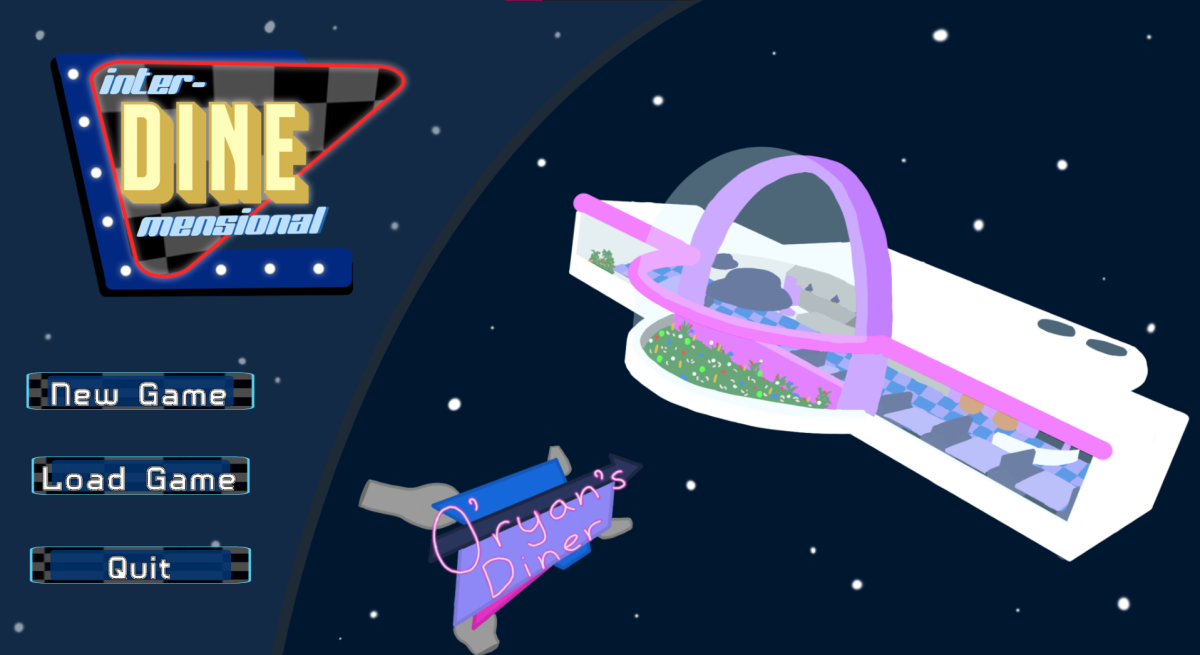
February 16, 2024
February 16, 2024
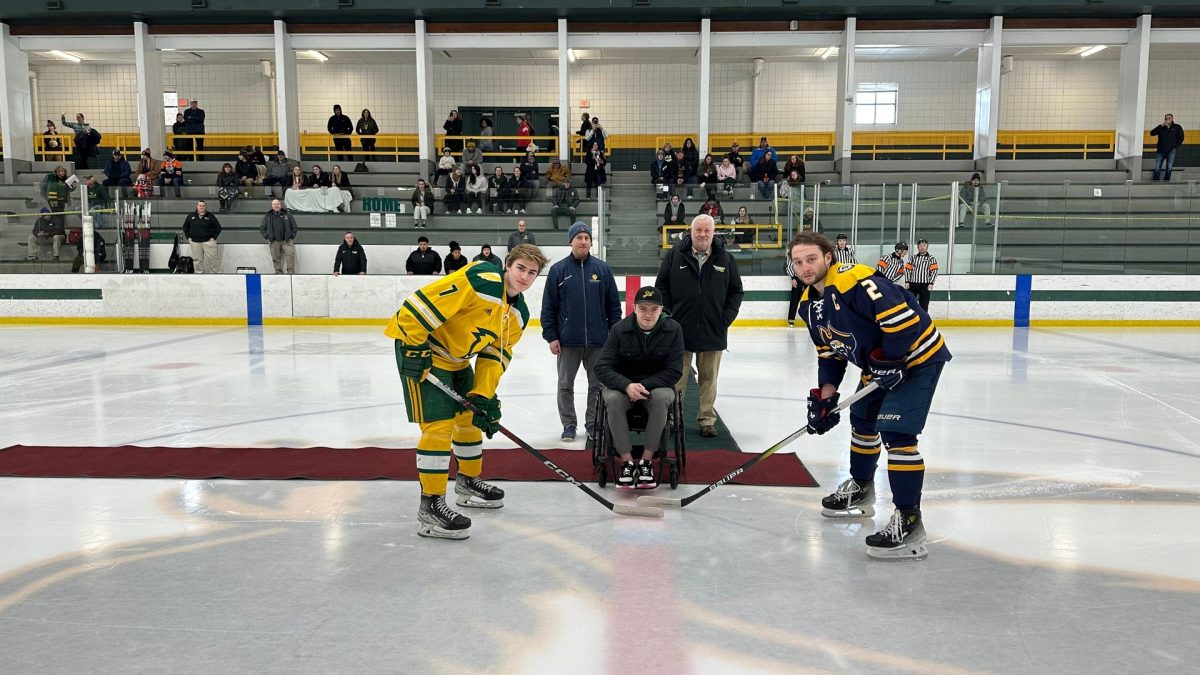
February 16, 2024

February 16, 2024
Trending Stories
Happy Place
October 16, 2015
Leave a Comment
More to Discover


